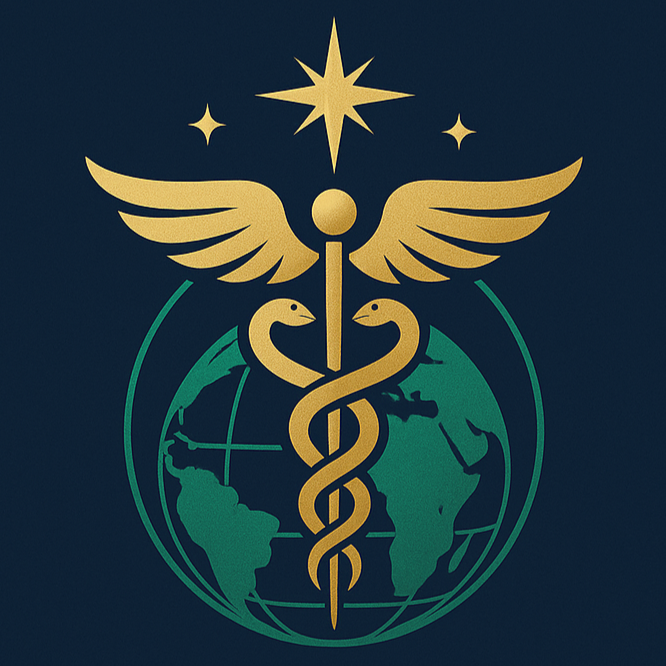骨肉瘤之生物性骨重建術
當患者因骨肉瘤或其他惡性骨腫瘤需接受腫瘤切除手術時,會留下大段骨缺損。使用異體骨或回收自體骨進行生物性重建手術,在骨整合效果、骨質恢復、尺寸與形狀的適配性,幫助患者保留肢體、恢復活動力,是許多患者在面臨截肢或人工關節之外的理想選擇。
什麼是生物性骨重建
生物性骨重建是指使用真實骨頭來修補手術後的缺損,這些骨頭可能是:
- 異體骨(Allograft): 來自捐贈者之骨頭
- 回收自體骨(Autograft): 將患者原本帶有腫瘤的骨頭,經特殊處理後再植回體內
使用異體骨或回收自體骨進行生物性重建手術,在骨整合效果、骨質恢復、尺寸與形狀的適配性,以及使用年限等方面都有明顯優勢。
回收骨處理方式
在完成輔助化療後,病患將接受腫瘤廣泛切除,當骨肉瘤或惡性骨腫瘤被廣泛切除後,會留下巨大的骨缺損,這時骨腫瘤外科醫師會使用真實骨材(異體骨或回收自體骨)來進行重建。
常見的兩種回收自體骨處理方法為:
1. 體外高劑量放射處理(ECIR)
- 將切除的骨段用無菌敷料包裹並密封於雙層塑膠袋中。放入直線加速器中,以150–300Gy的放射線一次性照射,確保完全涵蓋腫瘤部位。照射後立即將骨段重新植入體內,並使用內固定材料進行固定。
2. 冷凍液態氮處理
- 將切下的骨段放入-196C液態氮中冷凍20分鐘。然後在室溫下解凍15分鐘,再在蒸餾水中持續解凍10分鐘。最後將處理後的骨段重新植入並用內固定材料固定。
潛在風險與處理方式
1. 感染:可能需要使用抗生素或再次清創手術
2. 骨移植段斷裂:需進行再次手術修復
大部分併發症發生於術後前三年,多數可透過手術修復。常見問題(FAQ)
Q:這項手術會痛嗎?恢復期多長?
A:手術後會使用止痛藥控制疼痛,恢復期約 3–6 個月,根據每位患者狀況調整。
Q:骨肉瘤會不會復發?
A:目前台北榮總的臨床紀錄中,尚未出現「回收骨內」腫瘤復發的案例。
Q:什麼時候可以重新走路?
A:通常術後 1–3 個月可部分負重,視骨癒合進度與醫師評估而定。
台北榮總成效臨床統計
超過90%的骨移植物可在9個月內達成穩固的生物性癒合,恢復真正骨質。
五年肢體保存率達93%,而骨移植存活率為88%,比腫瘤義肢(60–70%)高出許多。
患者的平均肢體功能得分為88%。
沒有發現任何回收骨移植物導致的腫瘤復發。
五年整體病患存活率為83%,顯示此為一種安全且理想的肢體重建方法。
若您想進一步了解是否適合接受生物性重建手術,請聯繫我們,我們會根據您的病情聯繫台北榮總骨科團隊,並提供最合適的建議與治療計畫。

